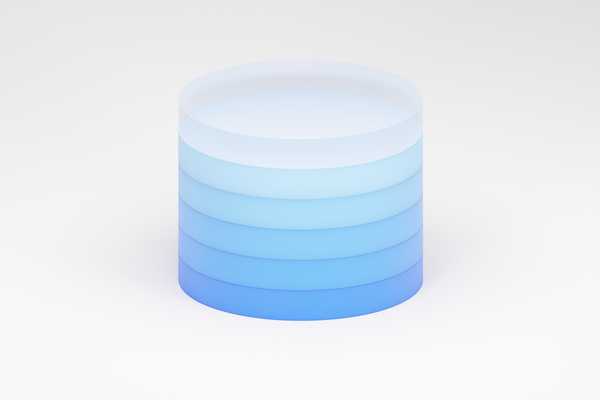What is a Product Lifecycle Management (PLM) System?
PLM softwares manage every stage of a product lifecycle, from conceptualization and design to manufacturing, service, and retirement.

What is a PLM software?
In the dynamic field of engineering, the design, development, and management of products involve numerous stages. A PLM system is a software solution designed to streamline and optimize these processes throughout the entire product lifecycle – from conceptualization and design to manufacturing, service, and disposal. It allows teams to collaborate seamlessly. No matter their diverse expertise or geographical locations, by working with the latest and most accurate product information available.
Product Lifecycle Management Capabilities
BOM Management (Bill of Materials): Organizes and structures product components, providing a detailed list that serves as a foundation for manufacturing and assembly processes.
Parts Classification: Categorizes and classifies individual parts, simplifying identification and facilitating efficient management within the product development lifecycle.
Product Data Management (PDM): Maintains a centralized repository for product-related data, ensuring that all team members have access to the latest and accurate information throughout the development stages.
Quality Management: Ensures adherence to rigorous quality standards by implementing tools and processes that monitor and control the quality of products throughout their lifecycle.
Change Management: Facilitates the tracking, evaluation, and implementation of changes in the product development process, ensuring that modifications are efficiently managed and communicated across teams.
Manufacturing Management: Enables a seamless transition from design to production by integrating manufacturing processes into the overall product lifecycle, optimizing efficiency and reducing time-to-market.
Collaborative Design: Fosters collaboration among multidisciplinary teams, allowing designers, engineers, and other stakeholders to work together seamlessly, regardless of geographical locations.
Product Configuration Management: Supports the customization of products to meet specific requirements or market demands, allowing for flexibility in design and production.
Product Variability: Manages variations in product designs or features, accommodating diverse customer needs and market preferences.
Requirements Management: Ensures compliance with specified criteria and regulatory standards, helping teams meet industry regulations and customer expectations effectively.
Supplier Collaboration: Facilitates collaboration with external suppliers by providing a platform for sharing information, coordinating activities, and ensuring a seamless supply chain.
Project Management Integration: Integrates with project management tools to align product development activities with overall project timelines, milestones, and resource allocation.
Document Management: Manages the creation, storage, and retrieval of documents related to the product, including specifications, manuals, and design documents.
Benefits of a PLM system
- Efficiency: Streamline workflows, reduce manual errors, and enhance overall efficiency in product development.
- Cost Reduction: Minimize errors and delays. PLM contributes to cost reduction throughout the product lifecycle.
- Innovation: The collaborative nature of PLM fosters innovation by bringing together diverse perspectives and expertise.
- Comprehensive Data Management: PLM ensures the integrity, accessibility, and security of product-related data, supporting informed decision-making.